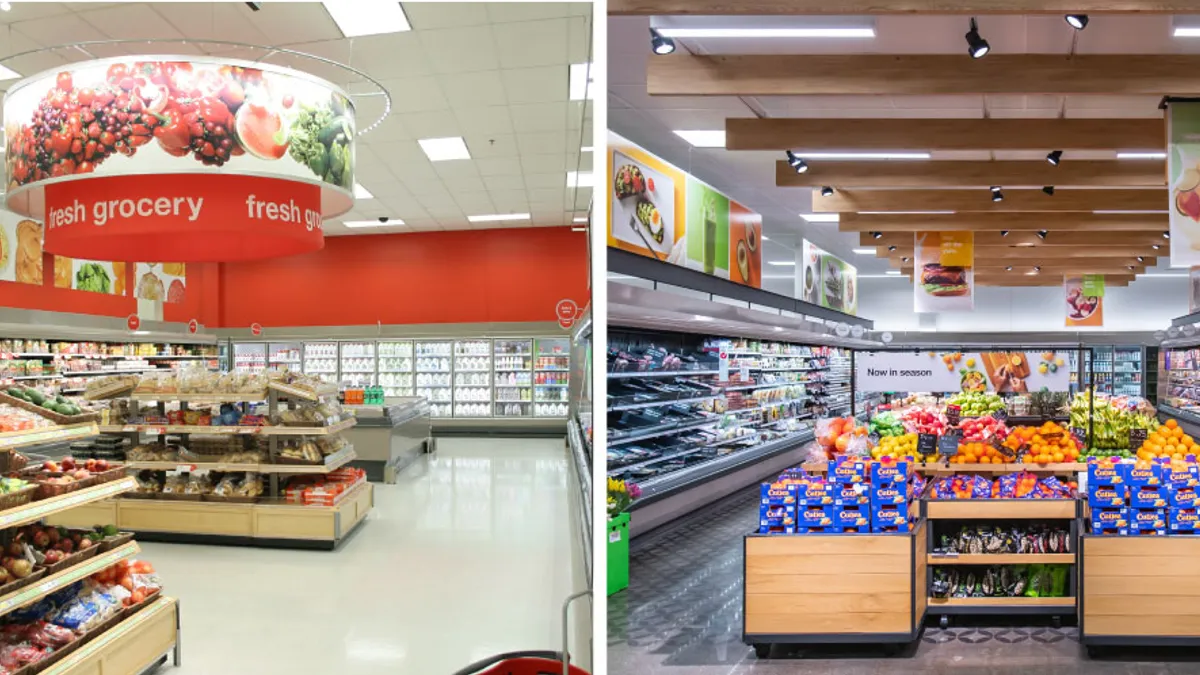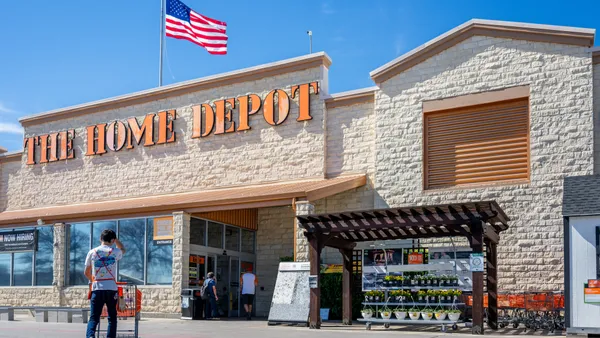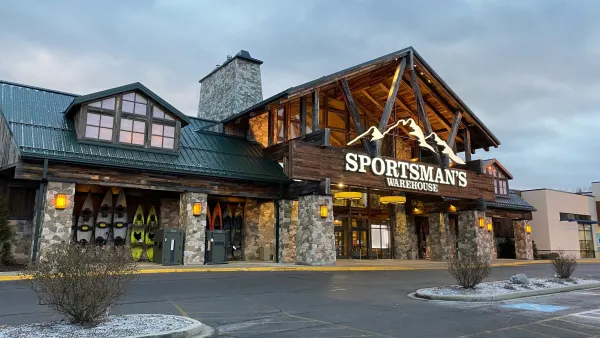NEW YORK — Target wants the retail industry to know it’s brought its “Targét" touch to grocery and omnichannel.
Ease, joy and affordability are the pillars of the retailer’s framework for differentiating itself to customers, Chief Growth Officer Christina Hennington and Chief Food and Beverage Officer Rick Gomez said during the National Retail Federation’s conference in New York earlier this week.
Like other mass retailers, Target has benefited from the initial pandemic years prompting one-stop shopping, as well as recent months-long high inflation placing a renewed focus on value — leading to mass retailers attracting more grocery shoppers and posing bigger competition to traditional supermarkets.
While Target a few years ago lagged other large national retailers in areas such as grocery assortment and having a loyalty program, the Minneapolis-based retailer has not only worked to catch up, but now, according to Gomez, sees its innovation in food and beverage and omnichannel as providing competitive advantages over traditional grocers and other mass retailers.
That innovation ties into Target positioning itself at the intersection of affordability, one-stop shopping and experiential retail, both in-store and online, with “affordable joy,” Gomez noted.
“At Target, we think about building a shopping experience that's differentiated on multiple dimensions. But it's really about creating an emotional connection to that consumer,” Hennington said in a one-on-one session with Kantar with a packed audience on the last day of the conference.
Here’s what Hennington and Gomez, who are also both executive vice presidents for the retailer, shared in separate NRF sessions Tuesday about how Target is innovating with grocery and omnichannel.
Taking a ‘holistic’ approach to value
With the challenging economic environment and the looming threat of recession, Gomez said Target is tapping into different components of value to appeal to consumers.
“Value is top of mind, but we have to think about value more holistically than just price,” Gomez said, noting consumers also want quality, ease and convenience.
Gomez highlighted Target’s private brands as a prime example: Good & Gather, which launched in 2019 and is now a $3 billion brand, offers high-quality, better-for-you options at an affordable price while Favorite Day, which debuted in 2021 and is growing by double digits, focuses on indulgence.
“We call them ‘own brands’ and not ‘private label’ because we put as much care and attention into the research, the design, the packaging, the quality as any great brand,” Hennington said.
To provide value through ease, Gomez spotlighted Target’s dinner solution meal bags, which cost around $15 and include the ingredients needed to make family-favorite recipes: “It’s been a huge success.”
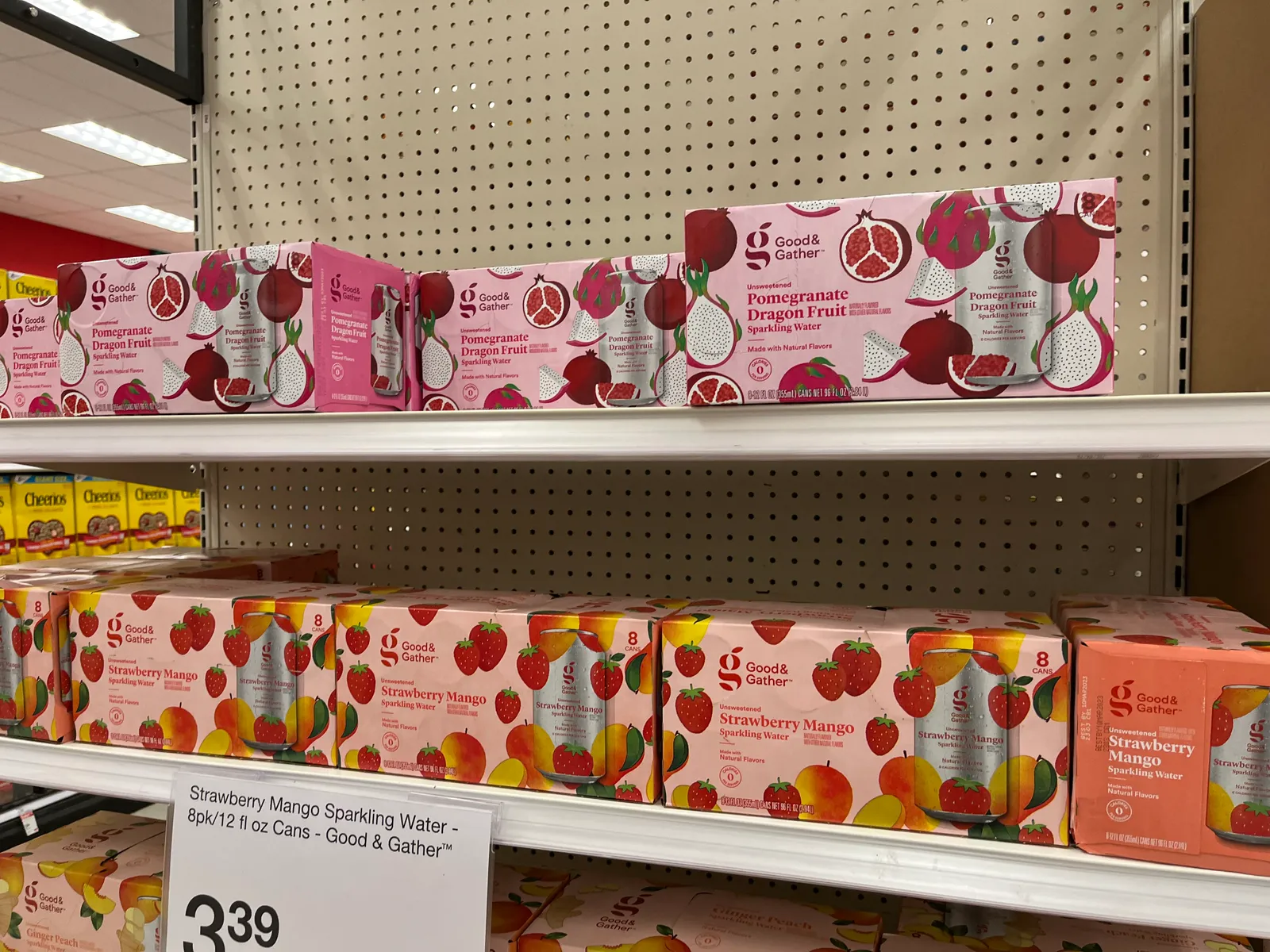
Using assortment as a differentiator
Target’s multi-category offerings provide one-stop shopping that people can’t get at most grocery stores, Gomez said: “We’re a $20 billion grocery business. It's a big business for us — bigger than a lot of regional grocers — but it's only 20% of our mix.”
Hennington said Target is looking to provide inspiration with its assortment.
Drilling further into assortment advantages, Target has a three-pronged approach to its food and beverage business that sets it apart from conventional grocers: own brands; national partners who can offer exclusive, limited-time items; and small, emerging brands often from BIPOC founders and women, Gomez said.
Target is growing its private brands portfolio. “Our own brand portfolio is actually growing 2X [compared to] national brands, and I think that's our guests saying, ‘We are looking for value during these tough times,’” Gomez said.
The retailer introduced a new private label line of pre-mixed cocktails called Casa Cantina last year and in 2021 added a plant-based line under its Good & Gather brand. Target’s Favorite Day is one of the top fastest-growing private label brands by household penetration in the second quarter of 2022, according to findings from Numerator.
Target’s over $30 billion worth of own brands is a large part of its “secret sauce,” Hennington said.
Gomez noted that Target supports emerging brands to help them scale their business at Target “and beyond.” For example, the retailer worked with the McBride Sisters wine brand to launch varietals: “They've gone on to other retailers and they're selling in other places, but we're really proud that we were able to partner with them in the beginning,” Gomez said, adding that the brand’s Black Girl Magic wine has been “hugely successful” with Target shoppers.
Hennington also pointed to the commitment Target made in 2021 to invest more than $2 billion in Black-owned businesses by 2025, which the retailer said in May it’s on track to achieve.
While Target, like many other food retailers, has had to stay focused on supply chain availability for the last couple of years, increased innovation in food and beverage that provides “newness” is an area Gomez is especially excited about. Health and wellness, in particular, is one area where Target customers are leading edge and interested in trying new things, Gomez said, pointing to its vegan, plant-based line launched with Tabitha Brown at the start of this year.
“[It’s] very approachable, very affordable and it has done incredibly well,” Gomez said about the exclusive line.
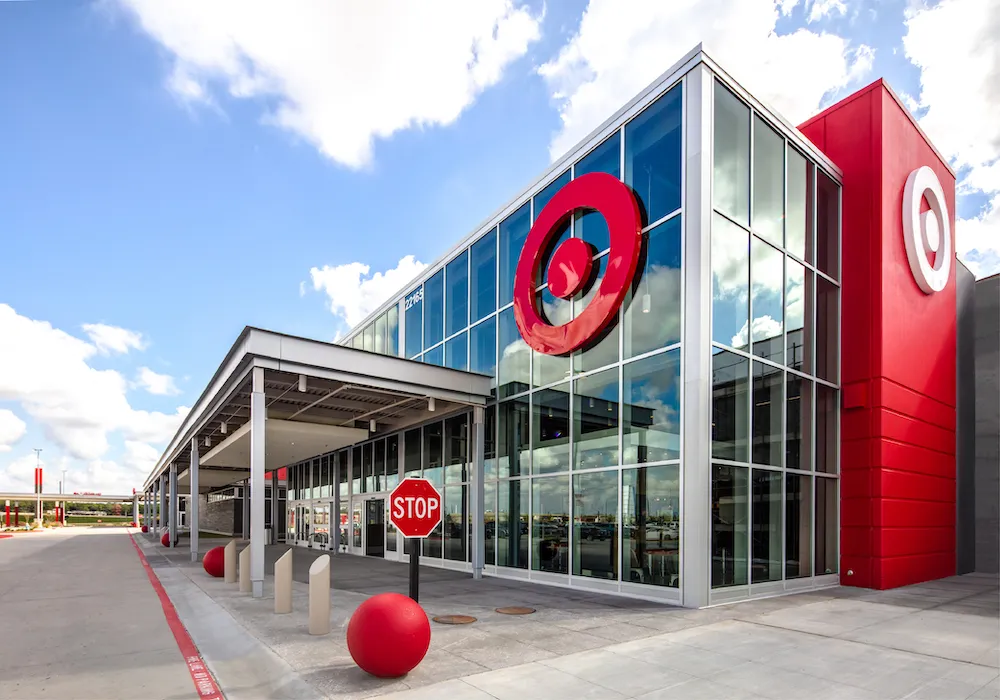
Experimenting with store formats
Target has completed over 1,000 remodels to date and is rolling out different store formats to meet different markets, Gomez said.
In March 2021, the retailer promised to invest $4 billion annually in remodels, new stores and online fulfillment enhancements. Last year alone, Target pledged $5 billion to scale its operations in 2022 with work on its digital, fulfillment and distribution capabilities.
For example, the retailer has dozens of small-format locations, which it heavily leaned into in recent years, in Manhattan and paired with college campuses, Gomez said.
Last spring, Target unveiled its first net zero energy store, which is located in Vista, California, around the same time Amazon announced its pursuit of a net zero carbon certification for a new Amazon Fresh in Seattle.
Now, Target is seeing opportunities to also open larger stores, such as the nearly 150,000-square-foot location it opened in the fall in Katy, Texas. Leveraging different store formats is all about meeting the needs of individual markets, Gomez said.
“We want to show up in a way that's appropriate for that community” regardless of store size, Gomez said.
Boosting omnichannel services
Target has long had a strong reputation for its in-store shopping experience, but the retailer is positioning itself as an omnichannel retailer that blends in-store and digital, Gomez said, noting customers are intertwining different shopping methods.
“They may start digital and end up in stores or start in stores and end up in digital. They may be in stores and they're on their app at the same time,” Gomez said. “So we need to build both and we need to have the best of both. ... One of the things that we're doing is we recognize that the store experience is just as important as digital.”
The pandemic prompted Target to transform its business overnight, Gomez said, by expanding same-day services and allowing shoppers to get dry and frozen grocery, alcohol, fresh produce and more in a four-minute drive-up pickup. Target has also brought its widely popular in-store Starbucks cafes into its curbside pickup service and has also expanded its pickup and same-day delivery options for alcohol.
After testing Starbucks drive-up orders in about a dozen stores, Target has now rolled the option out to approximately 250 locations.
“We’re not advertising [the Starbucks drive-up option]. We’re not marketing it. Quite frankly, we don’t need to because the social media alone is driving a ton of trial,” Gomez said. “And our guests, they love it.”
It’s a prime example of how Target is turning to innovation to bring “a little bit of happiness to people’s everyday moments,” Gomez noted.
Creating a customer-focused loyalty program
Collecting data is important but Target learned the hard way it needed to build a customer-first loyalty program in order to successfully glean shopper insights.
When Target first tried to launch a loyalty program about four years ago, its initial offering was “transactional” by rewarding spending with points, said Gomez, who admitted that Target was lagging other major mass players in offering loyalty programs.
After roughly a year and not getting the desired results, Target pulled the program: “We lost sight of what we do, what we believe in, which is: data is in service of our relationship,” Gomez said.
In its next attempt to create what is now Target Circle, the retailer made personalization the centerpiece, allowing members to unlock offerings that are tailored and relevant to them and also letting them vote for which local charities in their communities they want Target to make donations to. With more than 120 million members currently, the program is one of the largest and fastest-growing loyalty programs in the U.S., the Target executives noted.
Hennington said that Target is connecting its loyalty program data with its retail media network, Roundel, to further boost its customer experience and also deepen its vendor relationships.
“You have to put the consumer at the center ... The point of innovation is to make sure that you are either addressing their pain point or providing the delight that your guest is looking for. I think innovation comes big and small. It's in products and services. And we focus a lot of innovation on ease, providing the joy [and] providing affordability,” Gomez said.



